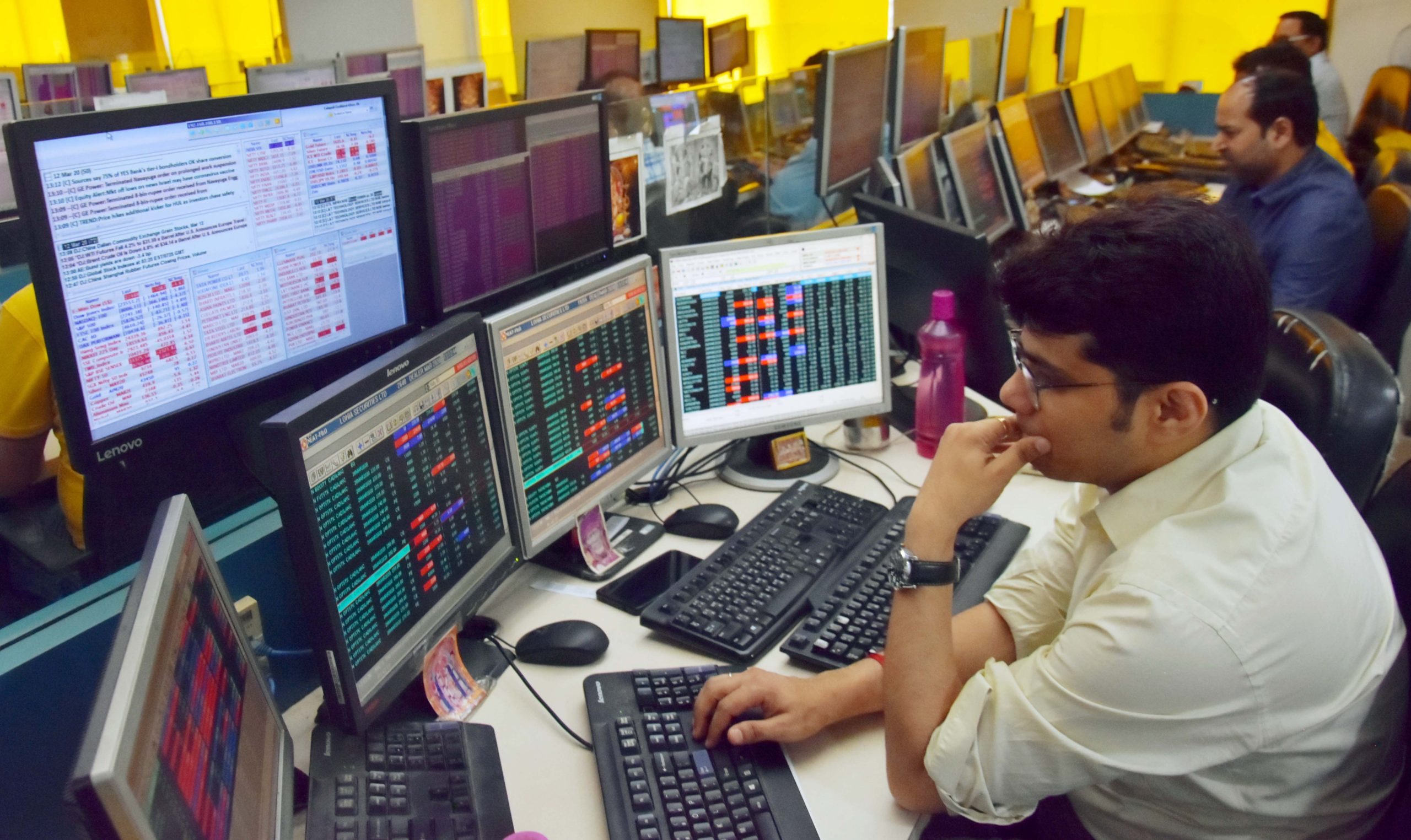
The US stock market recently experienced a notable decline as several underlying factors contributed to investor apprehension and market volatility. The primary catalysts behind this downward movement are concerns over ongoing tariffs, geopolitical tensions, and uncertainties surrounding the Federal Reserve’s monetary policy decisions. These elements have created a turbulent environment for traders and investors alike, prompting a reevaluation of risk and strategic asset allocation.
Current Market Movements: A Closer Look at the Decline
Major Indices in the Red
Significant benchmarks such as the S&P 500, Nasdaq, and Dow Jones Industrial Average (DJIA) have all experienced declines in recent trading sessions. The S&P 500, often regarded as a barometer of the broader market, slipped from its recent highs, reflecting investor apprehension about economic growth prospects. Similarly, the tech-heavy Nasdaq saw a sharper dip, emphasizing concerns about high-growth sectors facing headwinds due to tariffs and global trade tensions. The DJIA also declined, impacted by weakening sentiment across industrial and manufacturing stocks.
Contributing Factors to the Downturn
- Tariff Uncertainty: Ongoing discussions and escalations concerning tariffs, particularly between the US and major trading partners, have intensified concerns about higher costs, disrupted supply chains, and reduced corporate profitability.
- Federal Reserve Policy Outlook: Investors are uncertain about the Federal Reserve’s next move regarding interest rates. Unclear signals about potential rate hikes or pauses create market hesitation and reduce investor confidence.
- Geopolitical Tensions: Diplomatic disputes and regional conflicts contribute to the volatile environment, impacting investor sentiment on a broader scale.
- Economic Data and Corporate Earnings: Mixed economic indicators and cautious corporate earnings guidance add to the uncertainty, prompting investors to adopt a risk-averse stance.
Analyzing the Impact of Tariffs
Economic Trade-offs
The imposition of tariffs is a double-edged sword. While intended to protect domestic industries, they often lead to increased costs for consumers and businesses. These costs can translate into inflationary pressures, reduced competitiveness in international markets, and ultimately, slower economic growth. The recent escalation in tariffs, especially in trade negotiations involving China, the European Union, and other key partners, has sent ripples across global markets.
Market Reactions
Wall Street’s reaction has been predominantly negative, with investors fearing retaliation, supply chain disruptions, and diminished corporate margins. These fears have prompted portfolio rebalancing away from sectors most exposed to trade tensions, such as manufacturing, technology, and exports. Volatility indexes have also risen, signaling increased market nervousness.
The Fed’s Role and Its Uncertain Future
Interest Rate Policies
The Federal Reserve has played a critical role in shaping the financial landscape. Recent signals from Fed officials suggest a cautious approach, with some hints of pausing rate hikes amid concerns of slowing economic growth. Conversely, others indicate the possibility of future rate increases if inflationary pressures persist.
Implications for Investors
Uncertainty regarding the Fed’s policy trajectory causes volatility as traders attempt to anticipate future interest rate movements. Rate hikes typically weaken equities by increasing borrowing costs and reducing corporate earnings valuations. On the other hand, a hold or rate cut could stimulate growth, but market participants remain unsure about the Fed’s exact intentions.
Broader Economic Outlook and Investor Sentiment
The combination of tariff worries and Fed policy uncertainty contributes to a cautious, sometimes jittery, investor mood. Many market participants are adopting protective strategies, including increasing cash holdings or shifting towards more resilient sectors such as utilities, consumer staples, and gold. The risk-off approach indicates a desire to preserve capital amid unpredictable conditions.
The Path Ahead: Potential Scenarios and Strategies
Possible Market Directions
- Continued Decline: If trade tensions escalate further or Fed signals become more hawkish, the market could experience additional declines, especially in vulnerable sectors.
- Stabilization and Recovery: Alternatively, markets may stabilize if negotiations resolve trade issues and the Fed adopts a more dovish stance, reassuring investors about economic outlooks.
- Increased Volatility: Expect periods of sharp swings as investors digest new information and geopolitical events unfold.
Strategic Recommendations for Investors
- Diversify Investments: Spread risk across asset classes and geographic regions to mitigate exposure to specific market shocks.
- Focus on Quality: Invest in established companies with strong balance sheets and resilient business models.
- Maintain Liquidity: Hold sufficient cash or cash equivalents to seize opportunities during market dips.
- Stay Informed: Continuously monitor news and policy signals to anticipate potential market moves.
Conclusion: Navigating Uncertainty with Caution
The recent decline in the US stock market underscores the fragility of current financial markets amid geopolitical and monetary policy uncertainties. While short-term turbulence is challenging, it also presents opportunities for disciplined investors who understand the prevailing risks. As tensions around tariffs and Fed policies evolve, staying informed and strategic will be crucial for navigating the complex landscape ahead.
Ultimately, patience and prudence are essential. The market’s future trajectory hinges on diplomatic breakthroughs, policy clarity, and economic fundamentals aligning favorably. Investors must remain vigilant, flexible, and prepared for various scenarios as they chart their course through these uncertain times.
For more updated news please keep visiting Prime News World.








